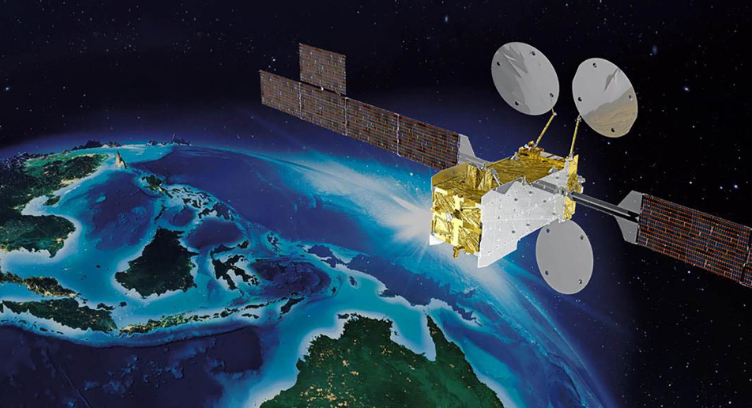Indonesia's SATRIA-1 satellite has successfully been launched. In a press conference held last Friday, Acting Minister of Communications and Informatics, Mahfud MD, announced the launch of the highly anticipated SATRIA-1 satellite. The satellite was carried into orbit by a SpaceX Falcon 9 rocket. The launch took place on June 18, 2023, at Cape Canaveral, Florida, United States at 6:00 PM local time.
A renowned satellite producer in France, Thales Alenia Space, manufactured SATRIA-1. The satellite was securely stationed at SpaceX's Payload Processing Facility in Cape Canaveral, Florida, United States. It has transported from Cannes, France, following a maritime journey that spanned 17 days.
Boasting Very High Throughput Satellite (VHTS) technology, SATRIA-1 will revolutionize internet services with an astonishing capacity of up to 150Gbps. This monumental achievement will position it as the largest satellite in Asia and the fifth largest in the world within its class, surpassing the 100Gbps threshold.
The significance of SATRIA-1 lies in its mission to tackle the digital divide prevalent in Indonesia's remote, outermost, and underserved regions, commonly referred to as the "3T" areas. Traditional technologies like base transceiver stations (BTS), microwave links, and fiber optics have fallen short in providing viable solutions to bridge the connectivity gap in these regions.
The advantage of satellite access lies in its ability to reach remote or isolated areas with cost-effective service and faster time than terrestrial technology. With a capacity of 150 Gbps, SATRIA 1 will be the largest internet satellite in Asia. SATRIA will employ the concept of frequency reuse for efficient use of frequency and enhanced bandwidth capacity compared to conventional technology.
The SATRIA project is a project carried out under a Public-Private Partnership (PPP) scheme. The Ministry of Communications and Informatics (Kominfo) acts as the Responsible Agency for Partnership Projects (PJPK) through the Public Service Agency BAKTI Kominfo. BAKTI carried out the procurement auction process by designating the PSN Consortium as the auction winner on April 26, 2019. Subsequently, the auction winner, the PSN Consortium, established an Implementing Business Entity (BUP) named PT Satelit Nusantara Tiga (SNT).
The CEO of PT SNT, Adi Rahman Adiwoso, stated that SATRIA 1 features 11 ground stations or Gateways strategically located across Indonesia, including Cikarang, Batam, Banjarmasin, Tarakan, Pontianak, Kupang, Ambon, Manado, Manokwari, Timika, and Jayapura. The Cikarang Gateway will serve as the location for the Primary Satellite Control Station and Network Operation Control. Following the launch, SATRIA 1 will perform an Electric Orbit Raising (EOR) for approximately 145 days, from satellite separation from its launch vehicle until it reaches its orbital position at 146 degrees East longitude. At this orbital position, the satellite will undergo a series of tests, such as In Orbit Testing (IOT), In-Orbit Acceptance Review (IOAR), and End-to-End Test (E2E Test), to ensure optimal satellite performance. By the fourth week of December 2023, SATRIA 1 will be operational (ready for service) and connected to the ground stations and remote terminal ground segments at public service locations.
the Acting Minister of Communications and Informatics, Mahfud MD
In the pursuit of equitable development, particularly in digital infrastructure at public service centers across Indonesia, the Indonesian government announces the launch of the first Republic of Indonesia Satellite, SATRIA 1. The internet access provided by SATRIA 1 will significantly benefit communities in public service locations that currently lack access or suffer from inadequate internet quality. The primary recipients of internet access from SATRIA 1 will be the education sector, healthcare service facilities, local government offices, the Indonesian National Armed Forces and the Indonesian National Police offices. It is hoped that the public will be able to utilize the internet capacity from SATRIA 1 gradually starting from January 2024






















